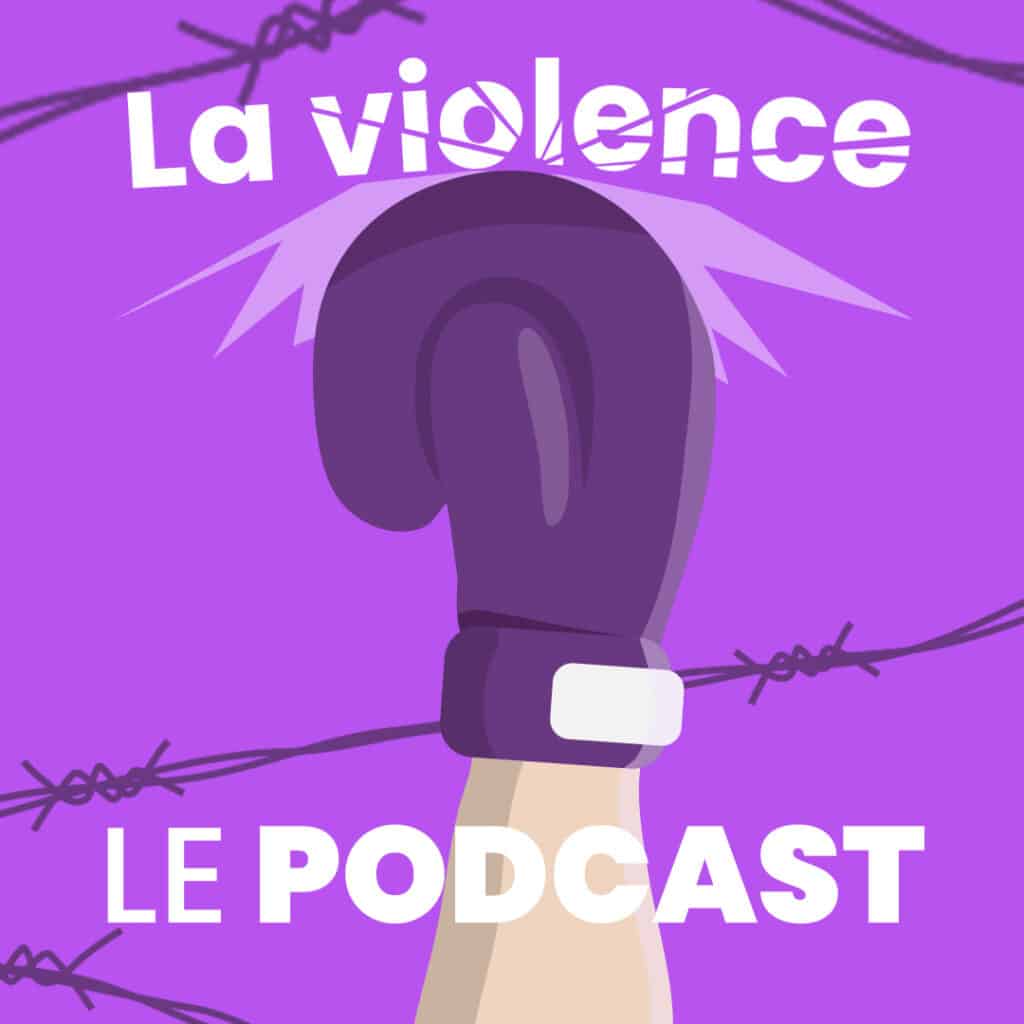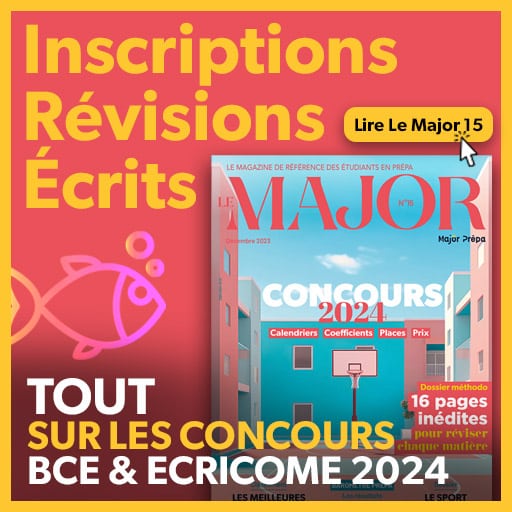Marre d’avoir des mauvaises notes en colle ? Tu angoisses par rapport aux oraux ou tu cherches à avoir une bonne maîtrise de l’exercice de la colle d’anglais ? Cet article est fait pour toi !
Peut-être que tu n’as pas la bonne méthode, ou que tu ne te focalises pas sur les bons éléments, ou bien encore que tu n’as pas assez de vocabulaire logique pour exprimer tes idées.
Pour t’entraîner et ainsi mieux comprendre à quoi doit ressembler une colle, en voici un exemple. Cette colle s’appuie sur un article du New York Times (NYT) de 2018. Il est certes un peu daté, mais ce n’est pas un article portant sur une actualité brûlante. Il est de fait tout à fait probable que tu tombes sur un article de ce genre à ta prochaine colle ou aux concours. Le voici :
Need a Handbag or a Tie to Land Your First Job? Borrow One With a Library Card
On the second floor of the New York Public Library’s Riverside branch last week, a handful of high school students were eager to hear Michelle Lee, a young adult librarian there, discuss tricks for finding employment.
“Who has a job?” Ms. Lee asked. (No hands went up.)
“Who wants a job?” she continued. (All hands went up.)
For the next hour and a half, as some students munched on snacks, Ms. Lee covered the dos and don’ts of interviewing and offered tips on how to produce a strong résumé, even using fictitious examples for Peter Parker and Kamala Khan to illustrate her point.
And off to one side of the room were the most unusual new additions to the library’s collection: neutral-colored handbags and briefcases, and purple, blue and striped neckties, all of which can be checked out like books for up to three weeks.
The staff at the Riverside branch, on the Upper West Side, started a new lending program in August after Ms. Lee proposed it, one of several programs meant to help jump-start the professional careers of young adults. As news of the program has trickled out through outreach and news coverage, members of the community have offered their own items for lending.
Ms. Lee said she got the idea during one of her twice-yearly job hunt talks for teenagers. When she spoke about how it was important that they wear their best outfit for interviews, one attendee said he didn’t have one.
She said she began to think of ways to help him, and had an idea. Lending accessories like handbags and ties, she thought, would help those who cannot necessarily afford to buy them and offer an extra dose of confidence.
In 2016, she submitted a proposal to the New York Public Library’s Innovation Project, which allows individual library employees to pitch ideas that are then voted on by the whole staff. Ms. Lee’s suggestion consisted of two parts: first, “adulting” workshops, focused on learning life skills like how to pick professional attire or how to eat healthy on a budget; and second, the lending program, known as the “Grow Up Work Fashion Library.”
On Wednesday afternoon, Ms. Lee held her second job talk of the year. She used her own outfit — a simple black dress and white blazer — as an example of business casual. She then pointed out the table where the new items sat, and told the students that they could check out two at a time, but that they would have to pay if they lost an item. The bags, which she bought from Amazon, range in price from $40 to $121, and ties are $25 to replace.
Sonobia James, 16, sat in the back row with friends. She said she attended the presentation because she had tried looking for a job before, to no avail. “I thought this was a good opportunity, because maybe I did something wrong,” she said.
The program, while part of a larger project aimed at young adults, can be used by anyone, Ms. Lee said. She has had high school students and adults check out items since the pilot program began.
Angela Himmelberg, a senior at Pace University, said she heard about the program from her mother. Ms. Himmelberg, 21, was preparing for a multiday conference for young entrepreneurs hosted by Forbes in Boston, but as a college student without a disposable income, she said it was hard to invest in quality accessories.
She checked out a black handbag. “It made me feel more confident,” Ms. Himmelberg said. “It just made me feel more professional.”
Because it is a pilot program, there are no plans to expand it to other libraries, Ms. Lee said, but the need for it has been clear.
“I’m just hoping that more people come in and use it,” she said, “and that this hopefully gets them started on their career, first job or first internship.”
Melissa Gomez in the NYT, 9 October 2018
Après 20 minutes de préparation qui doivent être efficacement utilisées (une lecture du texte stabilo en main, puis le résumé et le commentaire dans l’ordre que tu souhaites, sachant qu’il vaut toujours mieux passer plus de temps sur le commentaire), la colle doit avoir une structure comme suit :
Le résumé de l’article (réalisé à partir des idées importantes du texte, en gras ci-dessus)
Une accroche pour commencer et mettre dans le contexte
America’s unemployment rate has terribly rised after the coronavirus crisis in the United States (from 4 to 7%) and among unemployed people many young people still struggle to find jobs, especially those from underprivileged backgrounds or usual minorities.
Une description de l’article (Qui ? Quoi ? Comment ? Où ?)
This text is written in response to initiatives to help such people, the product of the imagination of one young New York librarian, Michelle Lee. One of Ms Lee’s projects is the “adulting classes” that she has started to run in the library, which give young people life skills such as dressing work for, and eating healthily.
The other project is her “Grow Up Work Fashion Library”, which allows people to borrow professional outfits and accessories such as handbags and ties from the library in order to attend interviews. Ms Lee was inspired by one teenage attendee, who had said that he did not have the right clothes to wear at an interview.
Les éventuelles réactions
The initiatives were well received by attendees at an event that the journalist, Melissa Gomez, attended. One 16-year-old who had failed to get a job wanted to check if there was anything wrong in her approach, while a 21-year-old senior student simply did not have the money to buy the accessories she needed to complete her professional look.
Ms Lee says that the program is clearly needed, and hopes that she can help more people in future.
Transition entre le résumé et le commentaire, avec la problématique soulevée à la fin
Although the text doesn’t express an overt opinion on Ms Lee’s programs, it clearly wishes to showcase them. More, it only quotes positive reactions, and Gomez gives Ms Lee the space to explain and defend her programs. The objective seems to be to celebrate such small-scale initiatives and show their value in a country wounded with unemployment and overall precarious work, low wages and high student debt among young people. What role do initiatives like Ms Lee’s play in helping such people? This raises the question of how people are unequal facing employment in the USA.
Le commentaire (il prend la forme d’un essai mais à l’oral : il doit défendre une opinion)
The young people interviewed in the text are eager to get qualifications and to get their first job so that they can move up the social ladder. They are pursuing the American Dream. Since the 1980s. Americans (and citizens of other nations) have been fed with novels in which servant girls work upwards to own department stores, or entrepreneurs on reality TV scornfully teaching the rules of business, or talent show selling us the dream that anyone can make it. It is a vision of a meritocratic society, characterized by social mobility – mobility which depends on the hard work of the person. It is a vision which says as long as we all start on a level playing field, inequality is acceptable, and can even be a spur to growth.
However, the text -and various studies- suggest that this vision is a myth and doesn’t hold water; if the only way a young person can get on to the job ladder is by being lucky enough to have a library nearby with someone as dedicated as Ms Lee prepared to hire out attire for interviews, then something in the American Dream is broken.
The myth of individualistic social mobility moves attention away from the fact that the playing field is far from level: privilege varies not just by geography, but also by generation, and most worryingly, by race. Statistics are not good, as downward mobility is much higher among African Americans than among whites: white children whose parents are in the top fifth of the income distribution have a 41.1 percent chance of staying there as adults. But for African Americans, it’s only 18 percent.
It is revealing that Ms Lee’s programmes are aimed at the young as this group is particularly badly hit by poverty, with 43 million of them owing an average of $33,000 each in student loan debt. Moreover young people find it difficult to accumulate the experience which will give them access to higher salaries.
It is sad to read that there are no plans to extend Ms Lee’s programmes to other libraries in other cities, as it is not clear what those people will do to combat such a system. But that is certainly a result of the focus on social mobility –putting the responsibility on the individual make institutional changes almost impossible.
Until such a time as that happens, people like Ms Lee must be applauded, and the New York Times, conformed with its traditional socially liberal point of view, is right to give her this exposure. Perhaps it will even inspire other people and politicians. Time has now come for political change in the USA, and its too liberal economy which will never favour to bridge the yawning gap between rich and poor. Maybe then with Joe Biden as new president young people’s American Dreams will not depend on a handbag borrowed from a library.
Pour te préparer aux épreuves d’anglais, retrouve toutes nos ressources sur cette page.











